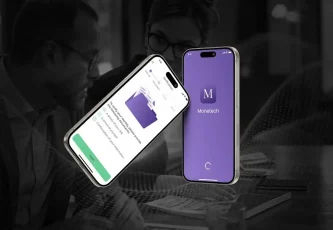Mobile banking security risks are a big challenge for SMEs due to limited IT resources.
Common threats include:
- Phishing: Attackers send fake emails or texts to steal credentials.
- Malware: This can infect apps to steal data or lock systems with ransomware.
Man-in-the-middle attacks intercept communications to capture login details. Insecure APIs allow unauthorised access to back-end systems. Device vulnerabilities, like outdated software, also provide entry points for cybercriminals. Over 60% of SMEs faced cyber incidents last year, leading to financial losses and reputational damage. It’s important to assess mobile banking risks. You can do this by using threat modelling and vulnerability scanning. These methods help identify and reduce threats. SMEs can protect themselves by using mobile threat defence, multi-factor authentication (MFA), and real-time monitoring. These steps help ensure safe mobile banking transactions.







